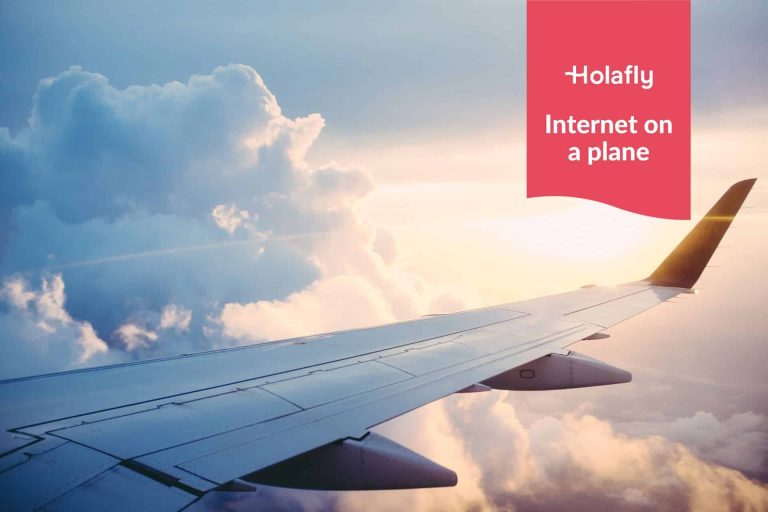7 Ways to get internet worldwide
There are many ways to have internet worldwide such as eSIM, pocket WiFi, Roaming, and more. Find out what each alternative offers
Are you planning your next trip? Like any adventurer, we know you like to be on the move, and at the same time, you want to stay connected with internet access in every corner of the world. This is why we have developed a special edition of the most effective ways to get internet worldwide on each of your trips abroad.
Never let the lack of the internet limit your adventures. Discover seven of the most popular and convenient ways to get Worldwide Internet, which are the choice of the bravest and most adventurous travelers.

Ways to get an Internet connection to travel abroad
There are different ways to get Internet worldwide, allowing travelers and Internet users to stay connected internationally. Still, not all options suit users’ costs or purchasing needs. Here are the best options to benefit from this service while you are on the road.
We know how important it is for the global population to be communicated. today, we have become social media users par excellence. Even when we travel, we want to take this into account. Each alternative allows us to connect on our mobile phone and other devices.
eSIM or prepaid virtual card for internet users
One of the best options is an eSIM or prepaid virtual card for travel because you will get flexibility, internet freedom, convenience, instant connection, versatility, security, and almost global internet access.
Holafly’s travel eSIMs are available in more than 200 destinations worldwide, and many of them have unlimited data eSIMs, like South Korea, China, USA, Canada, Europe, UK, and other countries. Other data plans allow you to share data with other devices. What’s new? Some of its eSIMs will include minutes to make analog or traditional calls shortly. Global internet usage will not be a problem.
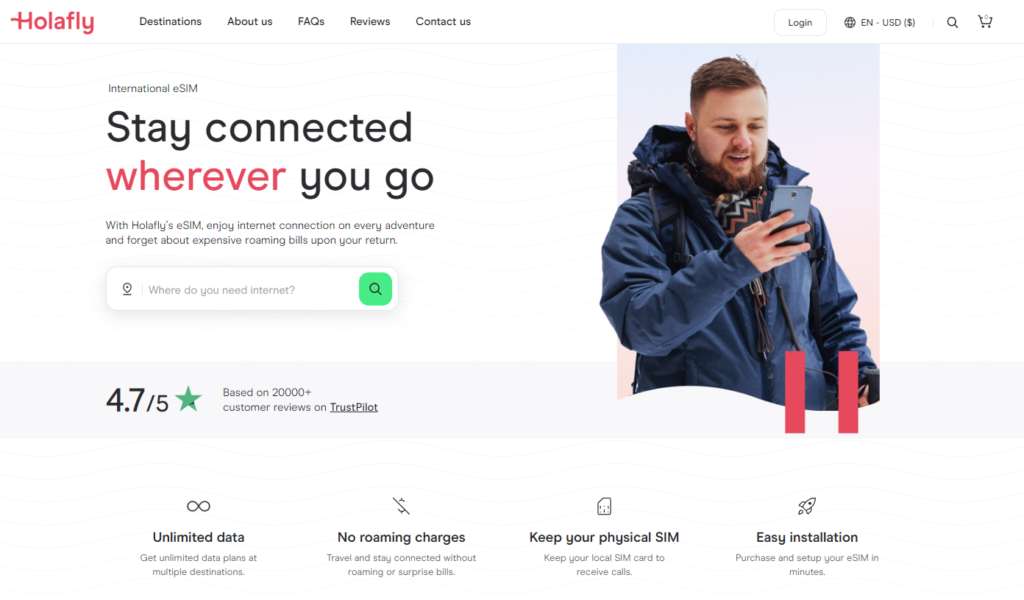
Before buying an eSIM, we recommend that you check whether your device is compatible with this technology. Otherwise, it may not be possible to use it abroad. With Holafly, you can even find eSIM for Australia if you’re visiting the country; no matter how remote the destination is you can find an alternative!
Plus, Holafly offers three monthly eSIM subscription plans (unlimited data, 25 GB, and 10 GB) that offer stable and reliable coverage in multiple countries—all for a fixed monthly fee. These plans are especially great for those who plan to travel for long periods.
Internet access with local SIM cards
Local SIM cards are one of the most popular choices in the market to have Worldwide Internet. Still, the truth is that they aren’t the best option in an unfamiliar country or a country with a different language than yours because to buy one, you will need to go in person to the cellphone stores when you land.
Occasionally, you may find SIM cards at the airport, but in most cases, to buy them you’ll need to go to shopping malls or phone company offices to buy the SIM card. This means that you’ll spend the first few hours of your trip unable to connect to the internet.
| Advantages | Disadvantages |
| Local number: making it easier for locals to contact you and allowing you to access local deals and services | Inconvenience: You need to find a vendor, purchase a SIM card, and potentially set up the new plan |
| Cost-effective: generally much cheaper than roaming on your home plan | Compatibility: You need an unlocked and compatible with the local network frequencies |
| Accessibility: Local SIM cards are readily available in airports | Limited coverage: may not work in remote areas |
| Faster speeds: Local networks often prioritize their own customers | Language barrier: Instructions and customer support might be in the local language |
Portable WiFi devices
If you’re OK with using an external or portable device, consider renting a Pocket WiFi. With such devices, you can access the Internet and share data.
The disadvantage? As previously mentioned, these devices are rented. You’ll have to rent them from the online operator that provides the service for that country, and then you’ll have to pay for shipping and additional insurance, the data plan, and the rental fee.
You should also remember that the number of internet users connected to the device may affect your speed and performance. Most people use these pocket WiFi without knowing how it will affect their internet use when connecting many devices, so we recommend you confirm the usage policies with the provider.
In the event of theft, damage, or loss, the service company will charge you a fine of up to USD 300. Moreover, it’s usually much more expensive than buying a virtual SIM or eSIM for example.
| Advantages | Disadvantages |
| Multiple Connections: Connects multiple devices simultaneously, ideal for families or groups | Coverage: Relies on cellular networks so that coverage might be limited in certain areas. |
| No contracts: Often prepaid plans with no long-term commitment | Data Limits: Data packages can have limits, exceeding them can incur additional charges |
| Security: Creates a private Wi-Fi network, potentially more secure than public Wi-Fi. | Extra Device: One more gadget to carry and manage, adding to travel burden. |
Internet usage with roaming or Phone Services
Roaming is the international coverage service offered by local cellular operators, where the terms and conditions will vary according to your incumbent operator or the one with whom you have a telephone subscription in your country.
Despite being the easiest way to request and get, it’s the one that usually gives travelers the biggest headache since the costs are very high, resulting in bills that could be ten times more expensive than any other option that provides an internet service abroad.
Some companies can charge up to $12 per GB consumed.
| Advantages | Disadvantages |
| Global Coverage: Often offer wider network coverage compared to local SIM cards | Cost: Roaming charges can be exorbitant, with data usage often billed at much higher rates than your home plan |
| Familiar Interface: Use your existing phone number and data plan without needing to adjust settings | Speed: Roaming speeds might be slower than local networks |
| Peace of Mind: Avoid the hassle of finding and setting up a local SIM card | Limited Data: Many roaming plans have data caps, which can be easily exceeded with basic internet usage |
Public WiFi networks for mobile devices
If you want to connect to the internet but don’t have a large travel budget, you can use public WiFi networks in places such as cafés, restaurants, hotels, airports, and malls.

The drawback is that anyone can connect since they are entirely public networks. Thus, you run the risk of viruses or malware, and they can even steal your data and more. For this reason, we recommend that you limit your use of these networks and do not access sensitive personal information such as email or bank accounts. For an extra layer of security, you can use a VPN while connected to public WiFi.
| Advantages | Disadvantages |
| Cost-effectiveness: Public Wi-Fi is often free, saving you from using your mobile data plan or incurring roaming charges. | Security Risks: Unsecured networks expose your data to hackers and malware |
| Social Interaction: Enables online communication and entertainment, fostering potential connections with others. | Speed and Reliability: Connection speeds can be slow and unreliable, especially with many users or poor infrastructure. |
| Discovery: Provides access to local information and resources | Privacy Concerns: Your online activity might be monitored or tracked by network operators or third parties. |
Prepaid data cards
Some countries offer prepaid data cards or cards for tourists, but the truth is that they’re decreasingly common.

Prepaid data cards give you access to a certain amount of data, depending on your initial plan. The best of these cards is that you can keep in touch with your loved ones without the need to sign a long-term contract with the telephone companies, but at the end of the specified period of purchase, you can no longer renew the amount of data.
Satellite connection for global Internet users
Satellite internet is a type of internet connection that uses satellites orbiting the Earth to transmit and receive data signals. Unlike traditional land-based internet, which relies on cables or towers, satellite internet can provide coverage in remote and underserved areas where terrestrial infrastructure is limited or unavailable.

Of all the options, this is the one that offers the least versatility but, at the same time, allows you to have a connection in remote locations that you would not have with other methods. Also, remember that this solution is more long-term because it needs equipment such as an antenna, router, and modem to work.
Overall, satellite internet can be a valuable tool for staying connected while traveling in remote areas. However, knowing its limitations and weighing the cost and technical considerations before deciding is essential.
| Advantages | Disadvantages |
| Broader Coverage: Ideal for rural or remote locations. | Limited Upload Speeds: Are typically much slower than download speeds |
| Reliable Connection: Less susceptible to outages and disruptions compared to terrestrial options, especially in areas prone to bad weather or natural disasters. | High Latency: Signal travels a long distance to and from the satellite, resulting in higher latency. |
| Security: Transmits data through space, making it inherently more secure from cyber threats. | Convenience: It requires much more equipment and a more complex installation to operate. |
Best choice to have Worldwide Internet
Imagine having access to the net, no matter where you are, on a tropical island or in a buzzing European metropolis. Sounds good. What would you say if we told you it’s possible? The best option for worldwide Internet is undoubtedly Holafly’s eSIM since it offers multiple advantages and benefits that are not available with the other options. The following are the most important advantages and disadvantages.
Advantages
- You can keep your regular contact number.
- You’ll have Internet when you land at your destination.
- Buying the eSIM is fast, effective, and simple, thanks to the Holafly website purchasing process.
- You’ll be emailed the eSIM at the end of the purchase.
- Allows the purchase of eSIMs for the exact number of days with the eSIM for Japan travel with unlimited data from Holafly.
- You’ll get a VPN included on select products like the eSIM for China.
- You’ll have access to unlimited data in some destinations or the option to share data with other devices.
- You’ll manage your data from the Holafly mobile app.
- If you run out of MB, you can top up your data through the user panel.
- Customer service is available 24 hours a day, 7 days a week.
Disadvantages
- Not all devices are compatible with this technology, so we encourage you to check if your cellphone is compatible with eSIM.
FAQs about how to get Worldwide Internet
Yes, because internet access will help you to keep in touch with your family and friends, look online for information, use browsing apps, book your accommodation or special activities, and access your bank accounts or social networks, among other things.
Internet Access Although the digital population has seen visible growth in most regions, access to the Internet can significantly differ based on the region’s location. In some countries, the internet is notably below the global average. However, a solution that offers good connection and coverage in many destinations is Holafly’s eSIMs.
Different countries use the Internet differently depending on their cultures, economic development, and governments’ policy choices—an example of how nations use the Internet in China. This country has the highest number of internet users worldwide, and the Government strictly controls all internet traffic. Therefore, China relies heavily on local social media sites and platforms such as WeChat and Weibo to communicate.
An eSIM (embedded SIM card) is a digital SIM card pre-installed in some compatible devices. You can get an eSIM through your cellular operator, although for travel, you’ll need to activate cellular data service with an international company, such as Holafly
Public WiFi networks are free but can pose security risks. We recommend using secure, password-protected WiFi networks whenever possible, and we also encourage you to avoid making financial transactions or accessing sensitive information while connected to a public network.


















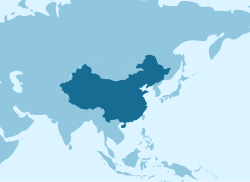




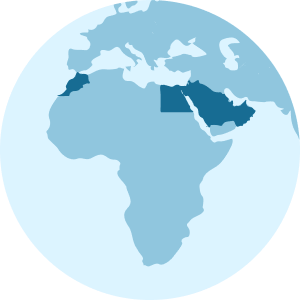







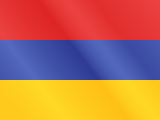






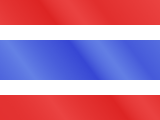







 Pay
Pay  Language
Language  Currency
Currency 


















 No results found
No results found











